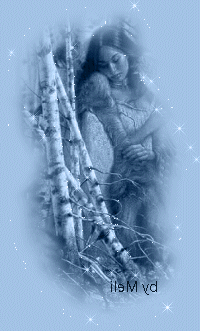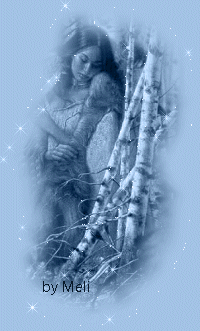 |
 |
 |
|||
François est né vers 1880 à Fort-Resolution au Territoire du Nord Ouest. Il était écrivain et interpret pour la compagnie de la Baie d'Hudson. IL a été aussi directeur de la compagnie. Selon sa fiche de travail, voir dans les documents sur le menu. Il étai le fils de Michel Mandeville interpret et chasseur, et de Marie Fabien. IL a épousé Marguerite Laferté. Voici des informations à son sujet, les liens sont plus bas. François Mandeville. (1878-1952) François was born in 1878 at Fort Resolution. He was born into a long line of interpreters and linguists, skills for which he became renowned. His father was Michel Mandeville, an interpreter for the Treaty Eight negotiations at Fort Resolution. His mother was Marie Fabien, also a Metis. As a young man, François worked for the HBC at Fort Resolution. He married Margaret Lafferty in 1901 at Fort Rae and they returned to Fort Resolution in 1902 where their only child Philip was born. Apparently the Metis were given scrip in 1901 and François had sold his scrip to finance his marriage. In 1908, he and his family moved to Hay River where he worked for the fur-trading firm of Heslop and Nagle. At this post, he learned to speak the Slavey and Beaver languages that complemented his knowledge of Chipewyan and French. He learned the Dogrib language from his wife, who spoke both Dogrib and French. In 1910 he moved to Fort Providence but moved back to Fort Resolution in 1911 to work for the HBC. He then spent two years running the trading post at Fort Smith. This was followed by a two year stint at Fort Wrigley and a move to Arctic Red River in 1915 He learned the Hare and Locheux languages At this location. In 1921, he moved to work for an independent trader at Fond du Lac. In 1925, he retired to Fort Chipewyan but kept busy building canoes and boats. In 1940, he resumed fur trading in Wood Buffalo National Park. It was there that he learned the Cree language. In 1928, he worked with linguist Dr. Fang-Kuei Li. He relayed a huge set of Chipewyan stories to Li. From these, they produced translations, phonetic notation and verb paradigms. The resulting books were to become the seminal texts on the Chipewyan and Athabaskan family of languages. Reference Scollon, Ronald, and Suzanne Scollon. Linguistic Convergence: An Ethnology of Speaking at Fort Chipewyan, Alberta. New York: Academic Press, 1979: 39-45. Compiled by Lawrence Barkwell Coordinator of Metis Heritage & History Research Louis Riel Institute voir copie original ici: http://www.metismuseum.ca/media/document.php/11398.pdf Marguerite Laferté, nous n'avons pas d'information vraiment à son sujet sinon que selon le ressencement elle était métis.Elle serait née en 1882. Son père était Henri Laferté et sa mère Catherine Bouvier. Maxime Villebrun et Rose Tourangeau! Maxime Villebrun Maxime est né à Fort Chipewyan en Alberta en 1879, Son métier: Maxime était membre du premier corps de la police à cheval organisé au Manitoba (1870). Un métis du même nom, surnommé Plouffe, avait la char- ge des prisonniers quand fut délivré Sayer (q. v.). He hunted in the Park before it became a Park. Helena Mandeville (Villebrun) say that Maxim Villebrun & Fred MacKenzie were 1/2 brothers (she is the cousin to Granny Bloomstrand (Victoira MacKenzie) apparently there was a second marriage - unknown at this point Rose Tourangeau Rose Tourangeau est née le 9 juin, 1876, bap. Le 16 juin, 1876 Père: Antoine Tourangeau Mère: Madeleine Larocque Ils se sont marié à Fort-Chipewyan – le 26 décembre, 1904 Les enfants de Maxime et Rose sont: Armand Villebrun - * Frederic Ernest Villebrun - * Helena Jane Villebrun - * Marie Madeleine Villebrun - * Therese Villebrun - * Rosalie Villebrun 1918 – 1918 |
|||||
 |
 |


